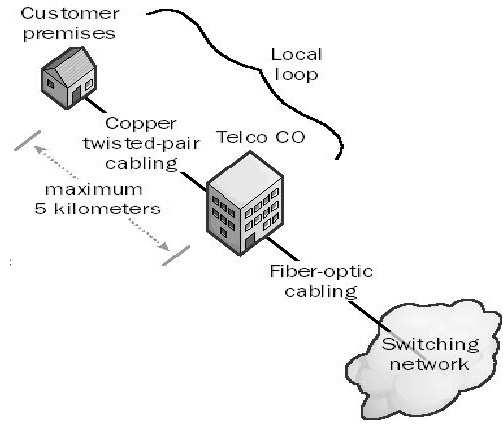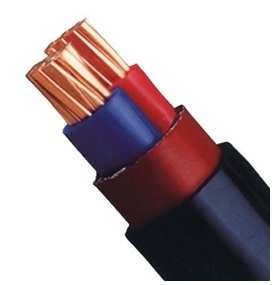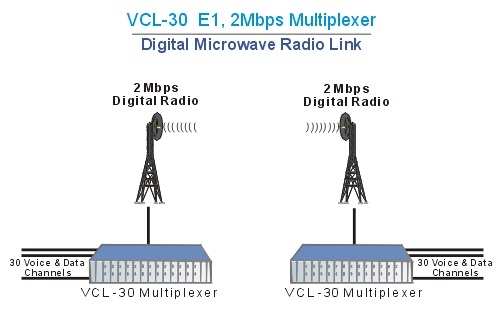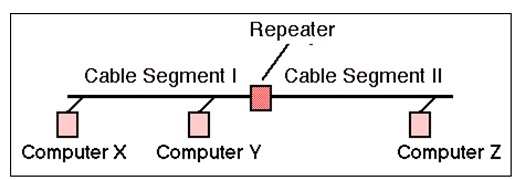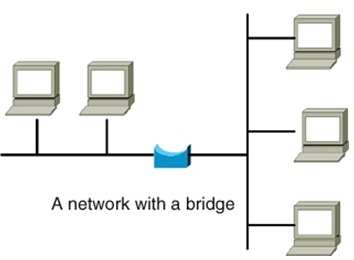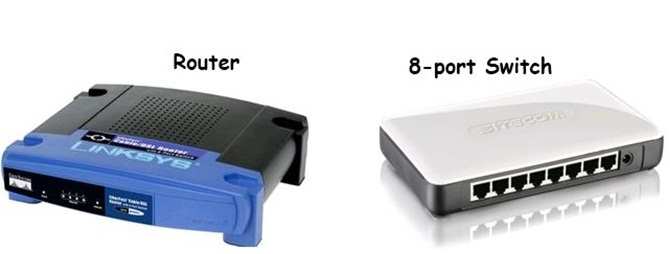Connection-oriented protocols such as TCP provides reliability.
It is the responsibility of such protocols in the transport layer to ensure every byte is accounted for. The network layer does not provide reliability. It only privides the best route to get the traffic to the final destination address.
For your exam you should know the information below about OSI model:
The Open Systems Interconnection model (OSI) is a conceptual model that characterizes and standardizes the internal functions of a communication system by partitioning it into abstraction layers. The model is a product of the Open Systems Interconnection project at the International Organization for Standardization (ISO), maintained by the identification ISO/IEC 7498-1.
The model groups communication functions into seven logical layers. A layer serves the layer above it and is served by the layer below it. For example, a layer that provides error-free communications across a network provides the path needed by applications above it, while it calls the next lower layer to send and receive packets that make up the contents of that path. Two instances at one layer are connected by a horizontal.
OSI Model

Image source:
http://www.petri.co.il/images/osi_model.JPG
PHYSICAL LAYER The physical layer, the lowest layer of the OSI model, is concerned with the transmission and reception of the unstructured raw bit stream over a physical medium. It describes the electrical/optical, mechanical, and functional interfaces to the physical medium, and carries the signals for all of the higher layers. It provides:
Data encoding: modifies the simple digital signal pattern (1s and 0s) used by the PC to better accommodate the characteristics of the physical medium, and to aid in bit and frame synchronization. It determines:
What signal state represents a binary 1 How the receiving station knows when a “bit-time” starts How the receiving station delimits a frame
DATA LINK LAYER The data link layer provides error-free transfer of data frames from one node to another over the physical layer, allowing layers above it to assume virtually error-free transmission over the link. To do this, the data link layer provides:
Link establishment and termination: establishes and terminates the logical link between two nodes. Frame traffic control: tells the transmitting node to “back-off” when no frame buffers are available. Frame sequencing: transmits/receives frames sequentially. Frame acknowledgment: provides/expects frame acknowledgments. Detects and recovers from errors that occur in the physical layer by retransmitting non-acknowledged frames and handling duplicate frame receipt.
Frame delimiting: creates and recognizes frame boundaries.
Frame error checking: checks received frames for integrity.
Media access management: determines when the node “has the right” to use the physical medium.
NETWORK LAYER The network layer controls the operation of the subnet, deciding which physical path the data should take based on network conditions, priority of service, and other factors. It provides:
Routing: routes frames among networks.
Subnet traffic control: routers (network layer intermediate systems) can instruct a sending station to “throttle back” its frame transmission when the router’s buffer fills up.
Frame fragmentation: if it determines that a downstream router’s maximum transmission unit (MTU) size is less than the frame size, a router can fragment a frame for transmission and re-assembly at the destination station.
Logical-physical address mapping: translates logical addresses, or names, into physical addresses.
Subnet usage accounting: has accounting functions to keep track of frames forwarded by subnet intermediate systems, to produce billing information.
Communications Subnet The network layer software must build headers so that the network layer software residing in the subnet intermediate systems can recognize them and use them to route data to the destination address.
This layer relieves the upper layers of the need to know anything about the data transmission and intermediate switching technologies used to connect systems. It establishes, maintains and terminates connections across the intervening communications facility (one or several intermediate systems in the communication subnet).
In the network layer and the layers below, peer protocols exist between a node and its immediate neighbor, but the neighbor may be a node through which data is routed, not the destination station. The source and destination stations may be separated by many intermediate systems.
TRANSPORT LAYER The transport layer ensures that messages are delivered error-free, in sequence, and with no losses or duplications. It relieves the higher layer protocols from any concern with the transfer of data between them and their peers.
The size and complexity of a transport protocol depends on the type of service it can get from the network layer. For a reliable network layer with virtual circuit capability, a minimal transport layer is required. If the network layer is unreliable and/or only supports datagrams, the transport protocol should include extensive error detection and recovery.
The transport layer provides:
Message segmentation: accepts a message from the (session) layer above it, splits the message into smaller units (if not already small enough), and passes the smaller units down to the network layer. The transport layer at the destination station reassembles the message.
Message acknowledgment: provides reliable end-to-end message delivery with acknowledgments.
Message traffic control: tells the transmitting station to “back-off” when no message buffers are available.
Session multiplexing: multiplexes several message streams, or sessions onto one logical link and keeps track of which messages belong to which sessions (see session layer).
Typically, the transport layer can accept relatively large messages, but there are strict message size limits imposed by the network (or lower) layer. Consequently, the transport layer must break up the messages into smaller units, or frames, prepending a header to each frame.
The transport layer header information must then include control information, such as message start and message end flags, to enable the transport layer on the other end to recognize message boundaries. In addition, if the lower layers do not maintain sequence, the transport header must contain sequence information to enable the transport layer on the receiving end to get the pieces back together in the right order before handing the received message up to the layer above.
End-to-end layers Unlike the lower “subnet” layers whose protocol is between immediately adjacent nodes, the transport layer and the layers above are true “source to destination” or end-to-end layers, and are not concerned with the details of the underlying communications facility. Transport layer software (and software above it) on the source station carries on a conversation with similar software on the destination station by using message headers and control messages.
SESSION LAYER The session layer allows session establishment between processes running on different stations. It provides:
Session establishment, maintenance and termination: allows two application processes on different machines to establish, use and terminate a connection, called a session.
Session support: performs the functions that allow these processes to communicate over the network, performing security, name recognition, logging, and so on.
PRESENTATION LAYER The presentation layer formats the data to be presented to the application layer. It can be viewed as the translator for the network. This layer may translate data from a format used by the application layer into a common format at the sending station, then translate the common format to a format known to the application layer at the receiving station.
The presentation layer provides:
Character code translation: for example, ASCII to EBCDIC. Data conversion: bit order, CR-CR/LF, integer-floating point, and so on. Data compression: reduces the number of bits that need to be transmitted on the network. Data encryption: encrypt data for security purposes. For example, password encryption.
APPLICATION LAYER The application layer serves as the window for users and application processes to access network services. This layer contains a variety of commonly needed functions:
Resource sharing and device redirection Remote file access Remote printer access Inter-process communication Network management Directory services Electronic messaging (such as mail) Network virtual terminals
The following were incorrect answers:
Application Layer -The application layer serves as the window for users and application processes to access network services. Network layer -The network layer controls the operation of the subnet, deciding which physical path the data should take based on network conditions, priority of service, and other factors.
Physical Layer -The physical layer, the lowest layer of the OSI model, is concerned with the transmission and reception of the unstructured raw bit stream over a physical medium. It describes the electrical/optical, mechanical, and functional interfaces to the physical medium, and carries the signals for all of the higher layers.
The following reference(s) were/was used to create this question:
CISA review manual 2014 Page number 260 and Official ISC2 guide to CISSP CBK 3rd Edition Page number 287 and
http://en.wikipedia.org/wiki/Tcp_protocol